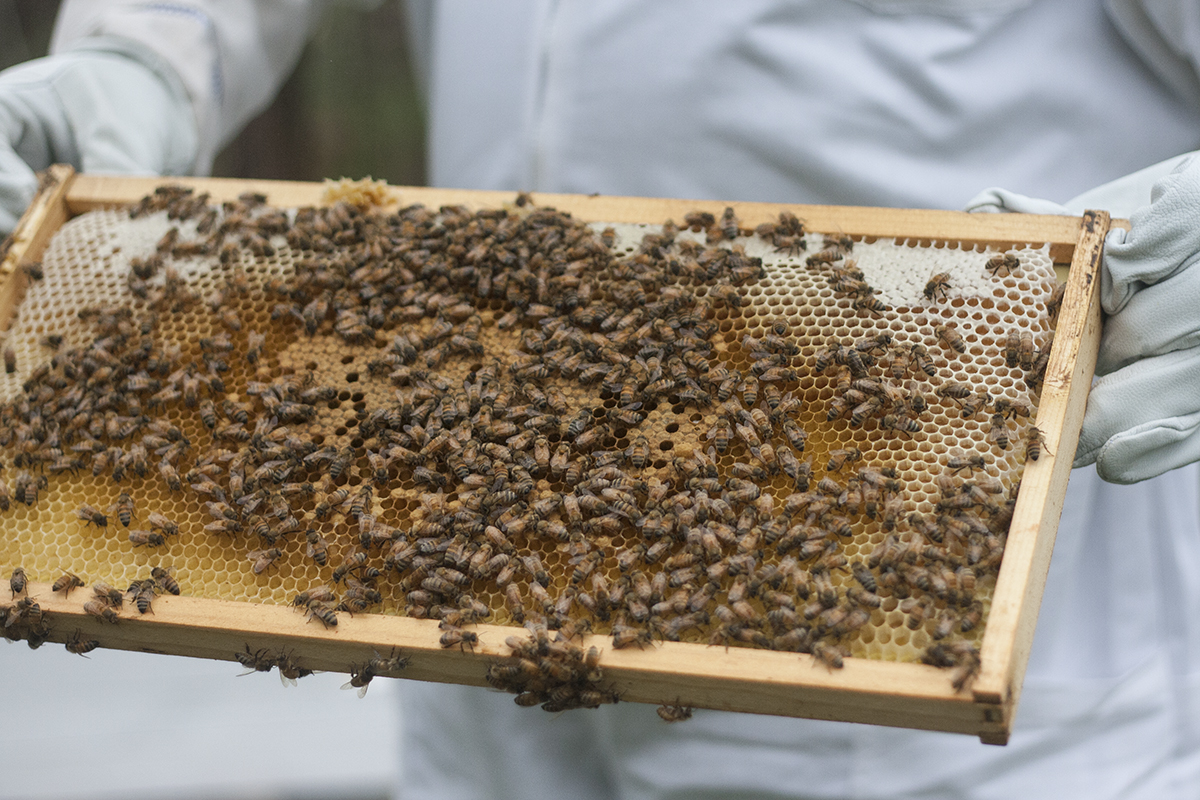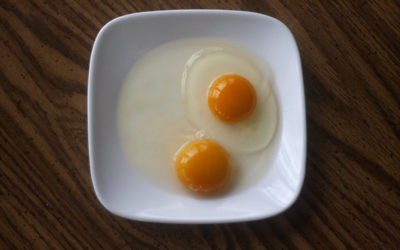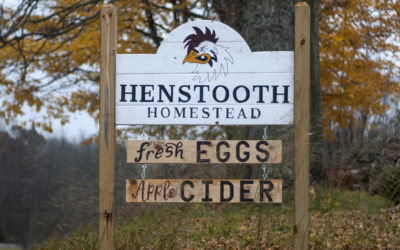Honey Bees Are Here
the arrival of our first hiveAs the end of April neared, we realized it was time to get busy on building our first hive. We get a lot of questions on why we decided to build our own. The answer is simple: because we can.
Is that too blunt? I think a lot of people are hesitant to just start, but we have all the tools, wood and one heck of a dude that’s more than capable of building a beehive – so why not? The next statement we usually hear is “but you’re already doing so much”. Yeah, we are, but when something’s important you find the time. Rich, already captivated by the idea of having bees immersed himself in the process and made the time for this crucial element to our farm.


Why We Decided To Add Bees To Our Farm
Our property is a haven for the honey bees with an orchard, blueberry field, garden and acres of thriving wild plants. We understand that the bee population directly impacts our food source, and want to be good stewards to their livelihood.
Not to mention, honey.
What To Expect With Your Nuc
We opted for a Nuc since this is our first hive. The Nuc comes with 5 frames, giving you a foundation to establish your hive. We took a beekeeping class, and while Rich had already read through the information, I personally learn so much better seeing the set-up and being walked through it in person. I highly recommend taking a class if one is offered in your area!
We received the date our Nuc would be ready and made the drive for pick-up. Honestly I was a little nervous for the drive, considering there’s only thousands of bees humming in a small white box. Despite my concern everyone made it home safe and sound.
Hiving the bees, Rich suited up as a precaution but as my uncle put it best “no home, no honey, no sting. The bees were surprisingly docile as we carefully moved each frame into the the new hive body. The 5 frames set in the middle with 2 new frames on one side and 3 new frames on the other. We created a feeder out of quart mason jar, poking a few holes through the lid with a push pin, then added a 1:1 solution of sugar water. We place the minimizer in front of the entrance and sat back to watch them begin buzzing back and forth.

Even if you know nothing about bees, I’m sure you can grasp the concept that no queen means your hive isn’t growing. We reached out to Great Lake Bee Supply with our concern, and after a few questions they told us to bring our hive out for a swap.
Now if driving a nuc home isn’t nerve racking enough try a whole hive body! We drove out, and confirmed we had no queen, which was one of the main reasons our bees were so docile. We swap the frames around, loaded back up and headed home. Now two more weeks and we’ll take another look but so far all signs point to a thriving hive!
Recently Published
Water Glassing Egg Preservation
Looking to preserve your eggs for use thorughout the winter season? Water Glassing Eggs will keep your fresh eggs for up to 1 year!
Spring Chickens
The countdown to Spring is well underway for farmers, homesteaders and all those anticipating a new batch of chicks! If you’re new to raising baby chicks, most choose to purchase them in the Spring when temperatures begin to rise. This period makes brooding easiest...
A Letter To Our Homestead – 2018
Dear Homestead, Reflecting on 2018 is an arduous task. Our word of the year was coined early on as Mornicopia. It’s that weird place between mourning and coping -- you can read more about that here. In fact, I contemplated not writing our year end post, but it’s only...



